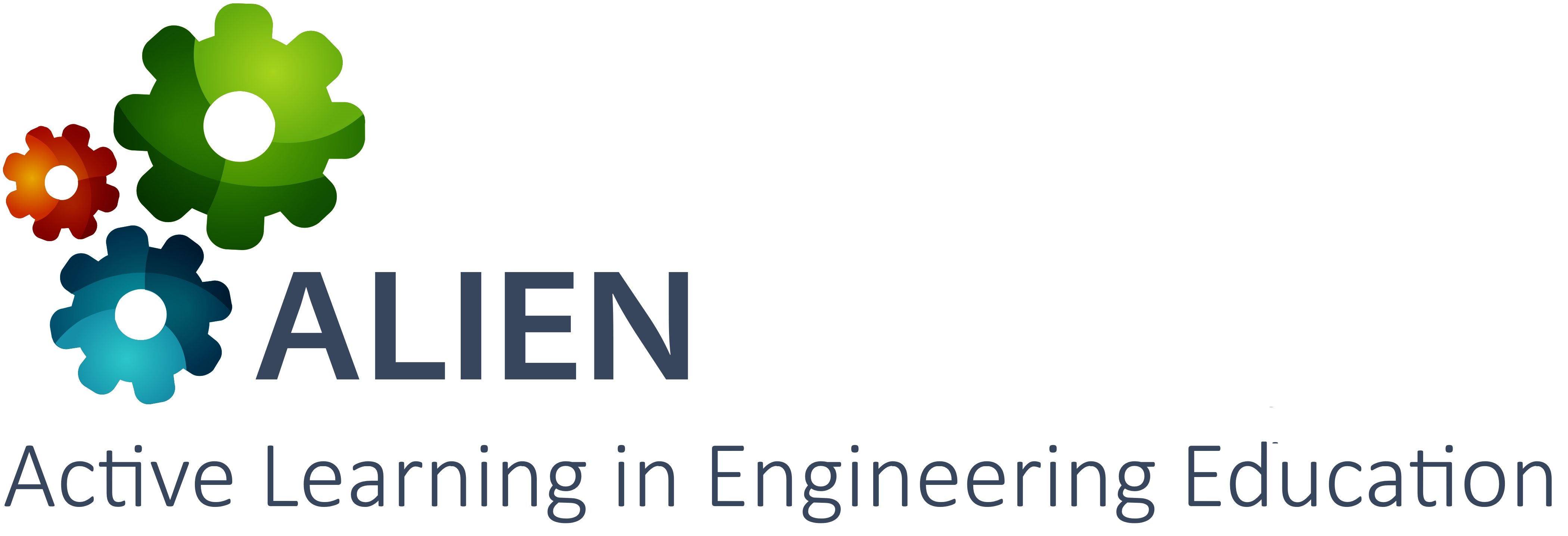Course overview
This course provides an opportunity for students to engage in research and explorative activities. The course is in the form of a full semester project, which may be inspired by any subject in the curriculum of the Department of Electrical and Computer Engineering. Examples of activities that students may engage in include:
- Development of a software application.
- Bibliographical research on specific topics.
- Evaluation of software tools through the engagement of user groups.
- And more.
Participants in piloting
The course is an elective for students in the 3rd, 4th, or 5th year of their studies. Typically, each instructor may engage a limited number of students in special projects. The groups of students engaged are:
- 30 students in the 2019-2020 academic year.
- 30 individuals in the 2020-2021 academic year.
Timeframe
2019-2020 academic year
2020-2021 academic year
Use of ALIEN services and tools
Students were assigned a high level research activity according to their interests and educational aspirations. Approximately 10 students engaged fully on the development of educational activities published on the ALIEN platform. Another group of students developed games and simulations that are also published through the ALIEN platform in the context of broader activities. Some examples of software simulations and games developed by students that are now open available to all through ALIEN include:
- This is an on-line simulator that allows users to experiment with fractals, including Mandelbrot and Julia, by exploring the graphical presentations with various input parameters.
- Falling words. This game helps students build their dictation skills by challenging them to correctly write words under time pressure. In addition, the tool may be used by individuals that need to build their typing skills as well as individuals that are visually impaired and need additional practice in writing and spelling.
Portal. This game allows students to explore physics concepts, such as gravity, by striving to have an object go through a portal that teleports it to a different space. Students must estimate the object trajectory and reflect on the laws on physics in real-life and in the game environment.


- Solar system. This simulator allows students to view our solar system and gain information for each of the planets.
- Tower of Hanoi. This game allows students to experiment with the well-known mathematical puzzle in which the user is challenged to move disks of different sizes from an initial to a destination peg using an interim peg and observing the restriction that no larger disk is allowed to be placed over a smaller one.
- Visual programming game. Through this game students may explore programming structures, such as lists, trees, and more.
- And more.


